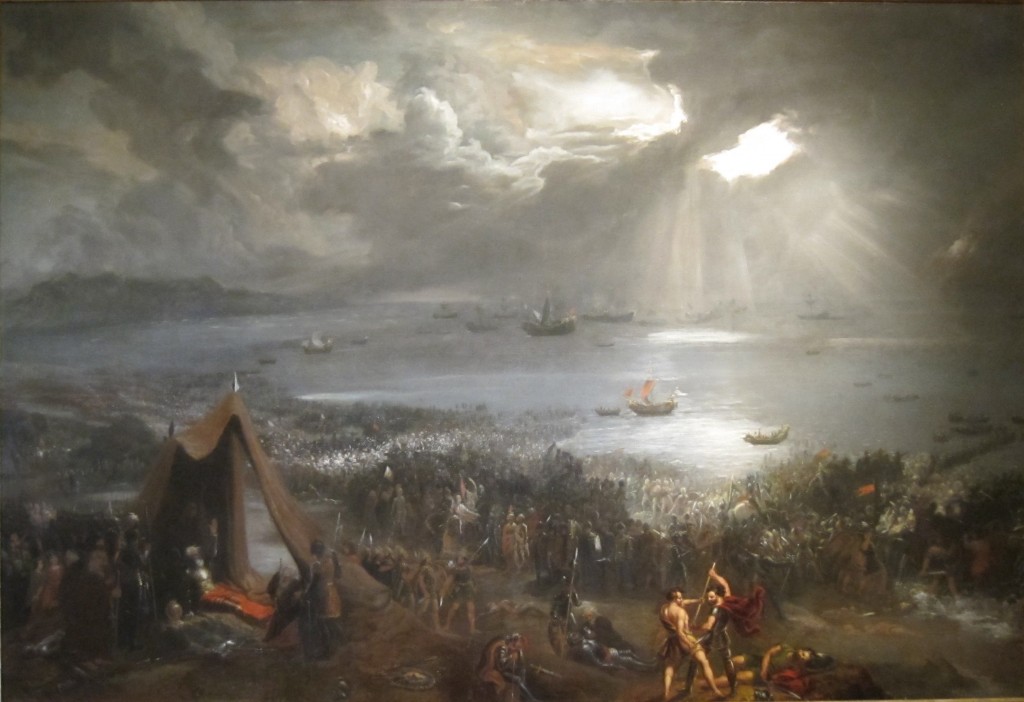Ireland is a nation of amateur historians. We tend to identify strongly with our history; it is one of our Irish gifts shared by descendants of Irish immigrants around the world. And why not? Our history is full of larger than life tales, stories of bravery and tragedy. We are usually the underdog who never gives up and never forgets. So it is no surprise that the 1,000th anniversary of the Battle of Clontarf on April 23rd is being commemorated around the island this month.
One thousand years ago this month, the Vikings suffered a crushing defeat at Clontarf after a couple hundred years of invasions. They had established settlements and were trading with the Celts, but their earlier plundering and pillaging had not been completely forgotten or forgiven. Those two centuries of treaties and alliances were filled with conflict, distrust and deceit. Some Celtic chieftains were more willing to engage with the Vikings than others, and did not all get along themselves. Mael Mordha, king of Leinster, had an ongoing gripe with Brian Boru, high king of Ireland. Mael was not on board with the notion of Ireland having one high king, and after repeated battles, a complex arrangement of marriages between the two sides was made to keep the peace. It failed rather spectacularly just two years later. (Seriously, lads, making your worst political enemies your in-laws? Apparently negotiating skill was not one of the Irish gifts involved on either side of that deal.)
In April 1014, Mael recruited an army of 7,000 that included a few thousand Vikings. Brian, who was in his 80s and married to Mael’s mother, marched up from Connaught with 5,000 troops. The battle raged all across Dublin, not only at the seaside in Clontarf where the Vikings arrived by long boat, but also throughout the surrounding areas. It was a fierce fight that left most of both armies dead. King Brian Boru lost 4,000 of his 5,000 soldiers, and King Mael lost 6,000 of his 7,000. Every Viking leader was killed, and the Viking soldiers were driven into the sea and drown trying to reach their ships, which had been carried further out to sea by the tide. King Brian Boru survived the battle only to be murdered by Mael’s men shortly afterward in his tent.
But the Vikings and the Celts did eventually mix in more peaceful ways, and Brian is remembered fondly across the island today. He unmistakably influenced the course of Irish history, and he lives on in our collective imagination. The Vikings made their contribution as well, introducing towns to a rural nation and connecting Ireland to the major trade routes of the time. Celtic and Viking design grew more similar over time and by the time of the Battle of Clontarf were difficult to tell apart. Many Irish gifts available today feature these designs.
The Battle of Clontarf is being remembered this month in Ireland with events ranging from lectures on archeology to family days out and of course battle re-enactments, which is a perfect day out with the inlaws.

